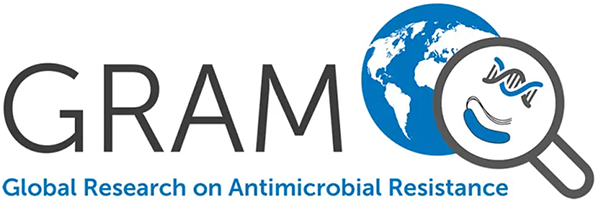Penetrating cardiac injuries and the evolving management algorithm in the current era.
Kong VY., Oosthuizen G., Sartorius B., Bruce J., Clarke DL.
BACKGROUND: Penetrating cardiac injuries carry a significant mortality, especially if operative intervention is delayed because of diagnostic difficulties. METHODS AND MATERIALS: We reviewed our experience of 134 consecutive cases over a 6 year period. For the initial 5 years, the diagnosis was based on clinical grounds only. During the final year of study, focused ultrasound focused abdominal sonar for trauma (FAST) and subxiphoid pericardial window were introduced. RESULTS: Ninety-six per cent (128/134) were males and the overall mean age was 27 y. Eighty-four per cent (112/134) sustained isolated cardiac injury and the remaining sixteen per cent (22/134) had concurrent injuries elsewhere. A total of 10 FAST's were performed and the sensitivity was 20%. Fifteen subxiphoid pericardial window were performed (8 had diagnostic uncertainty, 2 with double jeopardy, and 5 with delayed tamponade) and had a sensitivity of 100%. The survival rate for the 109 patients from the pre-adjunct period was 83% and 88% for the 25 patients in the post-adjunct period, which was not statistically significant (P value = 0.765). There was no significant difference in the complication rate, mean intensive care unit stay, or mean total hospital stay. CONCLUSIONS: Penetrating cardiac injuries are highly lethal. A high index of suspicion, coupled with early operative intervention remains the key in securing the survival of these patients.

